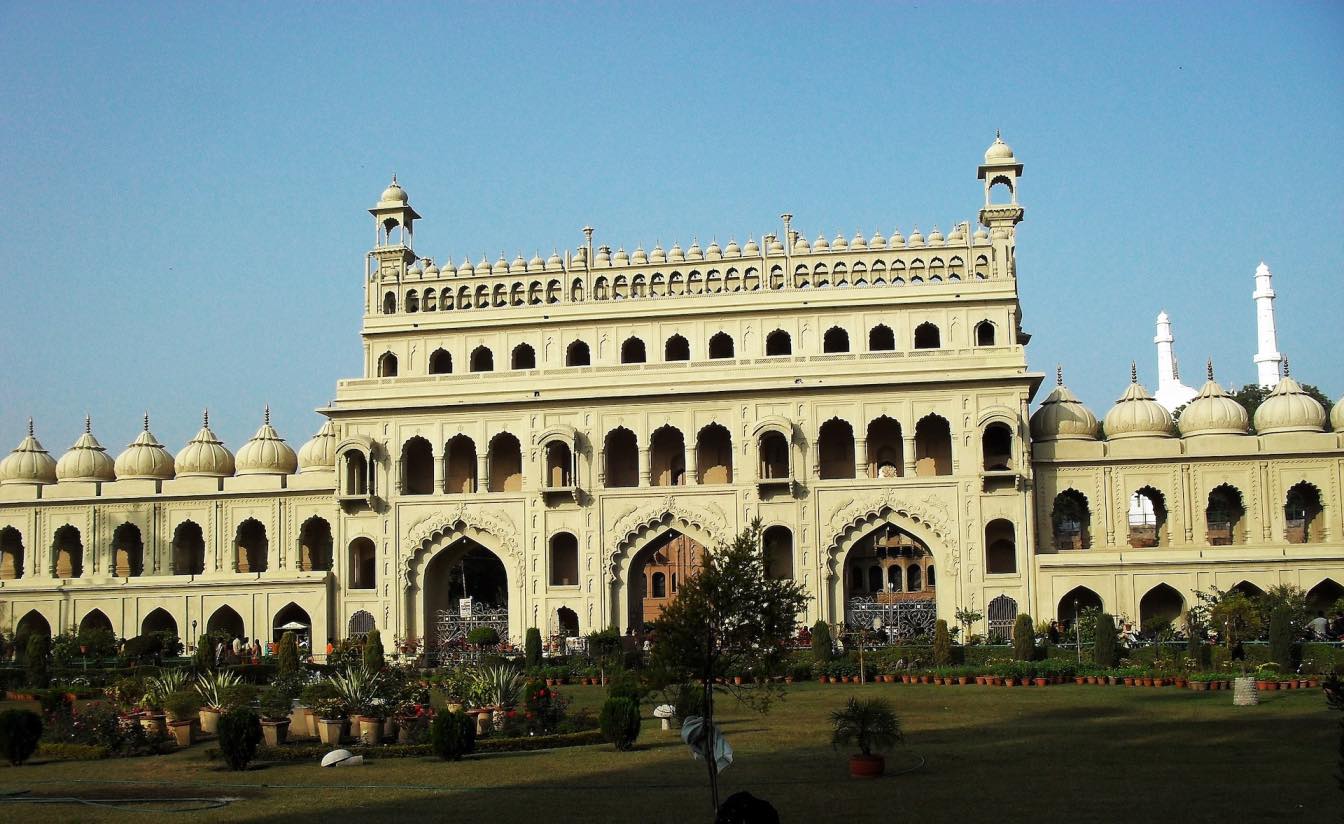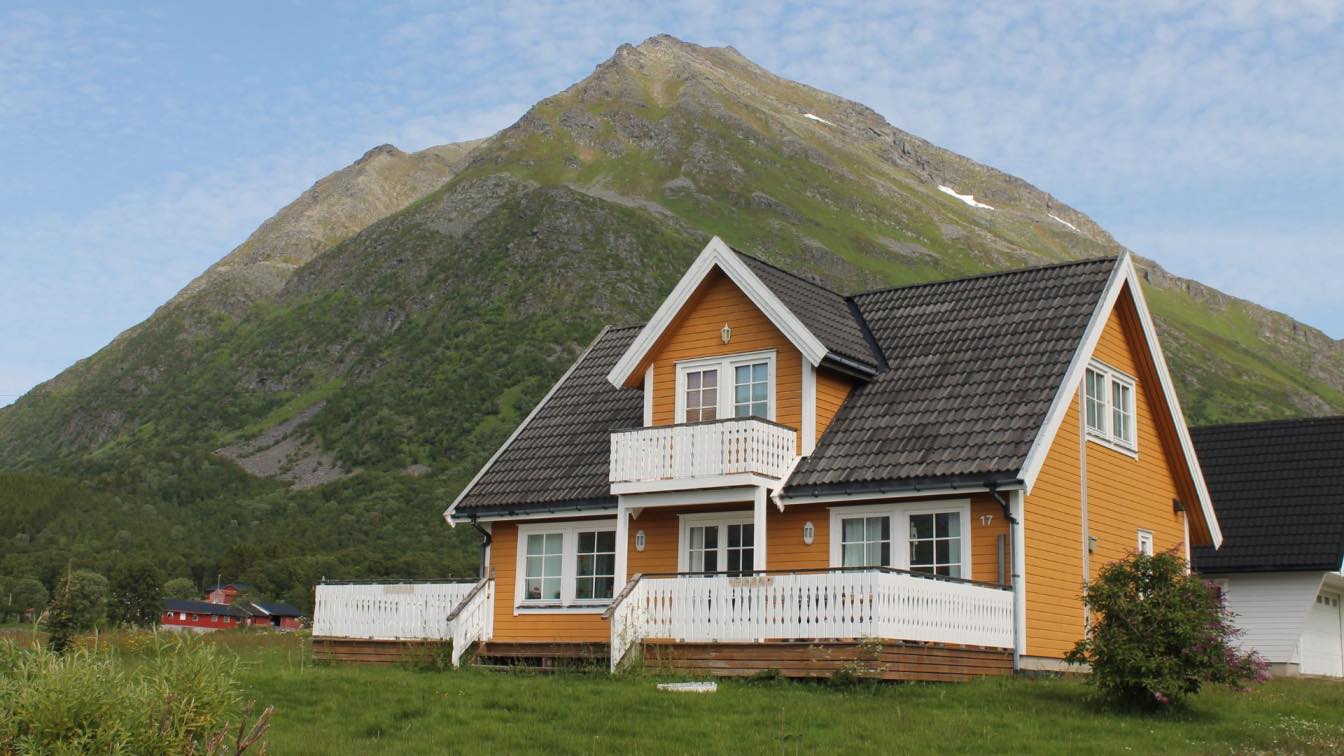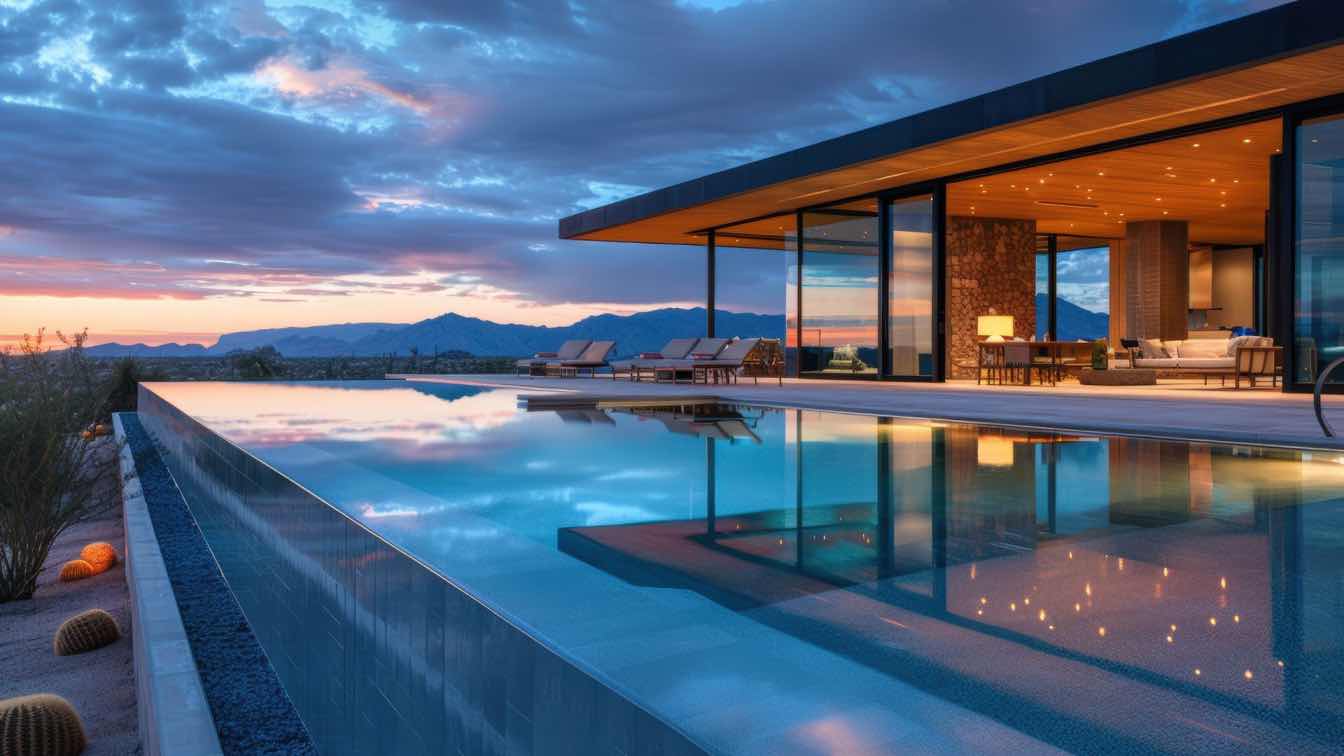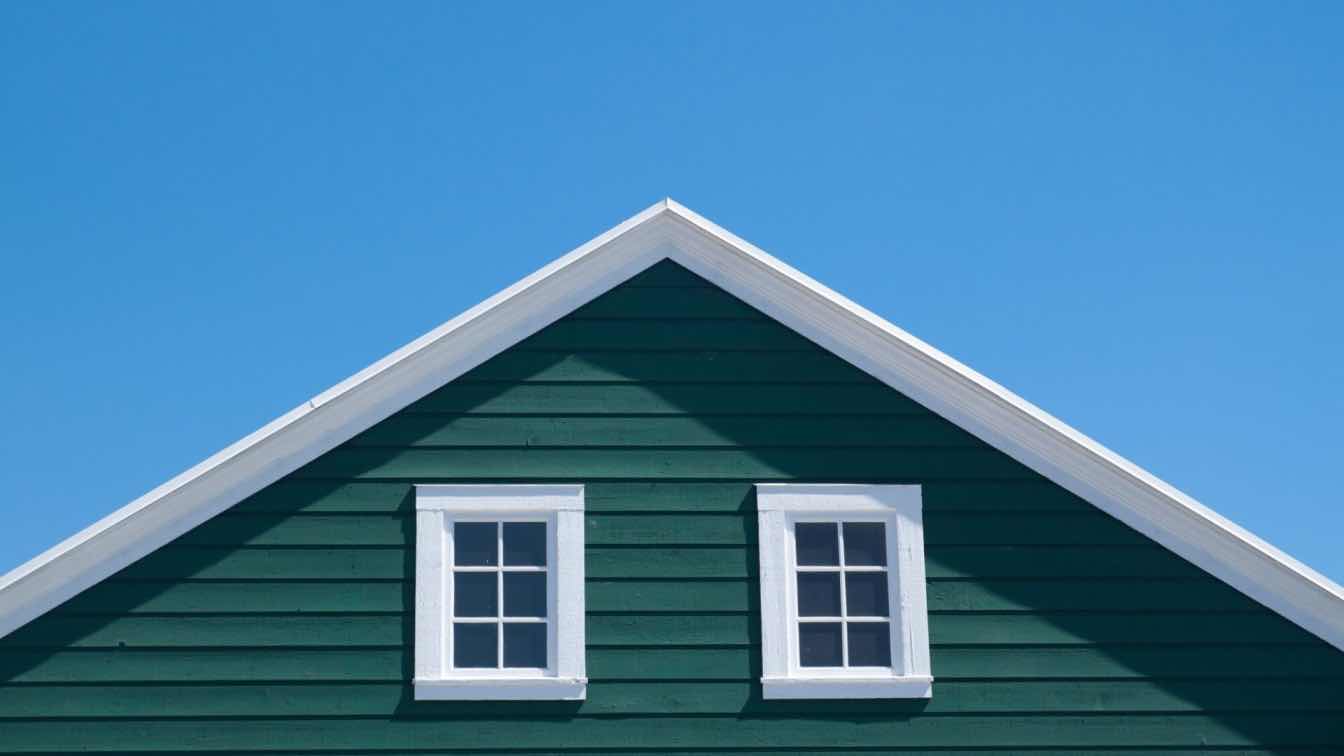“Lucknow is not a city, it is an emotion.” – Anonymous
Dwelling in the most populous State of India- Uttar Pradesh, with a population of around forty lakhs, the ancient city of Lucknow no doubt enjoys a very unique and romantic aura around it. Yes, this historic capital city of the State, has been and still is, reflective of the rich tradition of the Nawabs of the yester-years. It also carries forward the love for the rich cuisine of the kebabs and other Mughlai delicacies. A recent visit to this city declared to be a smart one by the Government of India, indeed amazed me for the clean and channeled urban fabric evolving. No doubt it stands apart for the emotive blend of culture, tradition and a captive progression with the times. The scale of the city as yet is not monstrous, the young working professions exhibit a care-free focus, business apparently shows signs of a boom as witnessed on the streets, the river Gomti charmingly meanders through the city, surprisingly no stray cattle or dogs on the streets, and above all, the blend of the earlier architecture of the Nawabs and the Britishers interweaves smoothly with contemporary architecture of the day.
Of course, the spirit of Lucknow, lies in the heritage and legacy of the city. Google informs that historically, the city was once controlled by the Delhi Sultanate, then the Mughal Empire and with turn of events, the power was transferred to the Nawabs of Awadh. They led a royal, extravagant lifestyle and dance, music and poetry in Lucknow culturally came to the forefront. This was also the phase when the multi-cultural camaraderie was the highlight and often referred to as the ‘Ganga-Jamuni Tehzeeb’. The mid-eighteenth century saw the East India Company taking over this area with British rule being the law of the land till India got independence in 1947. Lucknow got bestowed with numerous eye-catching monuments both during the nawabs’ regime and the British control.
A chat with a fellow colleague in Lucknow who is associated with the city’s architecture briefed me, “Interestingly, there is terminology like ‘Nawabi’ and ‘Awadhi’ architecture that defines the style of design that the nawabs preferred. Along with the Mughal style, they also had a fascination for European architecture and brought in engineers and designers to provide that artistic craft from the West in the development of their palaces and royal residences. These influences are reflected on their religious and other institutional/marketplace/residential structures. Various regional and local techniques also got amalgamated in the design.” The imposing monuments such as the Bara Imambara, the Chotta Imambara, Rumi Darwaza, Kaiserbagh Palace- are all novel examples of the Mughal/Awadhi design that was so prevalent then in the city.
The La Martiniere College built around 1795 with artist Claude Martin as the guiding force, exemplifies the Baroque influence patronized. The Colonial styles gradually seeped in mid-eighteenth century as witnessed in the Charbagh Railway Station, King George Medical University, Residency complex and others. Interestingly, building of the tallest clock tower in India- Husainabad Clock (221ft.) said to be a replica of the Big Ben in London, is credited to the Britishers.
A drive across the axis of Lucknow, makes it appear as a city of Parks. Over the decades, there seems to have been a conscious effort towards making Lucknow a rich green belt. You name it, whether it be the Nawab Wajid Ali Shah Zoological Gardens, the Dr. Ram Manohar Lohia Park, Gautam Buddha Park or then the Begum Hazrat Mahal Park- they are well adorned with rich foliage, well-carved pathways, water bodies and structures of interest. In fact, the Janeshwar Mishra Park here spanning over 376 acres, I was told, is the largest park in Asia. It boosts of an exciting water screen dancing display and gondola boat rides. The Gomti riverfront development Park is another modern-day walking pleasure. But to be honest, the much talked about Dr. Ambedkar Memorial Park was a bit disappointing with an over-doze of stone fortifications, massive stretches of paved piazzas, scanty green coverage and over-scaled monumental elephant pillars. Probably it should not have been named as a Park.
In the recent past years, Lucknow has seen contemporary architecture making a distinctive mark in the city’s skyline. Heartening to observe that distinguished architects from across the country have contributed to the urban vocabulary here, interpreting the traditional elements in a modern idiom. Be it institutional, group housing or then retail/office complexes, the skyline of Lucknow projects some impressive projects that address the regional context. Consciousness to carrying forward the legacy of the past in incorporating adequate greens in the landscape is appreciable. Like in all metropolitan cities of India, the global trend of glass facades makes its presence felt here also. Fortunately for the city, architects have shown more inclinations to explore in their design the historic existence of the rich amalgamation of material, craft, imposing scale and nature.
The old and the new Lucknow- as they are informally referred to by the locals, graciously complement each other. The shopping experience is as varied and dramatic in both- the streets of Hasratganj (with only black and white shop-name billboards) and the Lucknow Lulu Mall which is touted as the second largest in India. The unique crafts associated with the city- Chikankari (artistic hand embroidery), Zarbuland work (delicate metal carving over another) and of course the Attar (natural fragmented oil) have been passed on from one generation to another for centuries.
Lucknow the city of Nawabs and Kebabs, associated with a tehzeeb (politeness and courtesies) and a splendor of the bygone days, no doubt provides pleasant glimpses of an aspiring young modern-day India. One leaves with fond images of the socio-cultural connect.
(Architect Suneet Paul based in Delhi, is a former editor-in-chief of Architecture + Design. He has penned numerous articles on design/travel/lifestyle, authored a couple of short fiction books, and has won awards for his dedicated contribution to the profession.)





